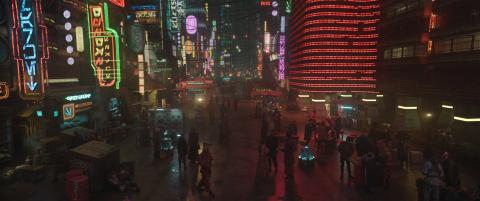Obi-Wan Kenobi
VFX Workload: 440 shots
VFX Description: design, layout, lighting, texture, modeling, animation, FX, compositing, look development.

In the Obi-Wan Kenobi limited series, which premiered on Disney+ May 27, 2022, storytellers explore a previously unseen era in the character’s life — nearly 10 years after the fall of the Jedi with Order 66 but still almost a decade from meeting his fate aboard the Death Star.
Hybride delivered 440 VFX shots for the show, which drew the biggest premiere for any program set in the Star Wars universe, according to data gathered by Samba TV.
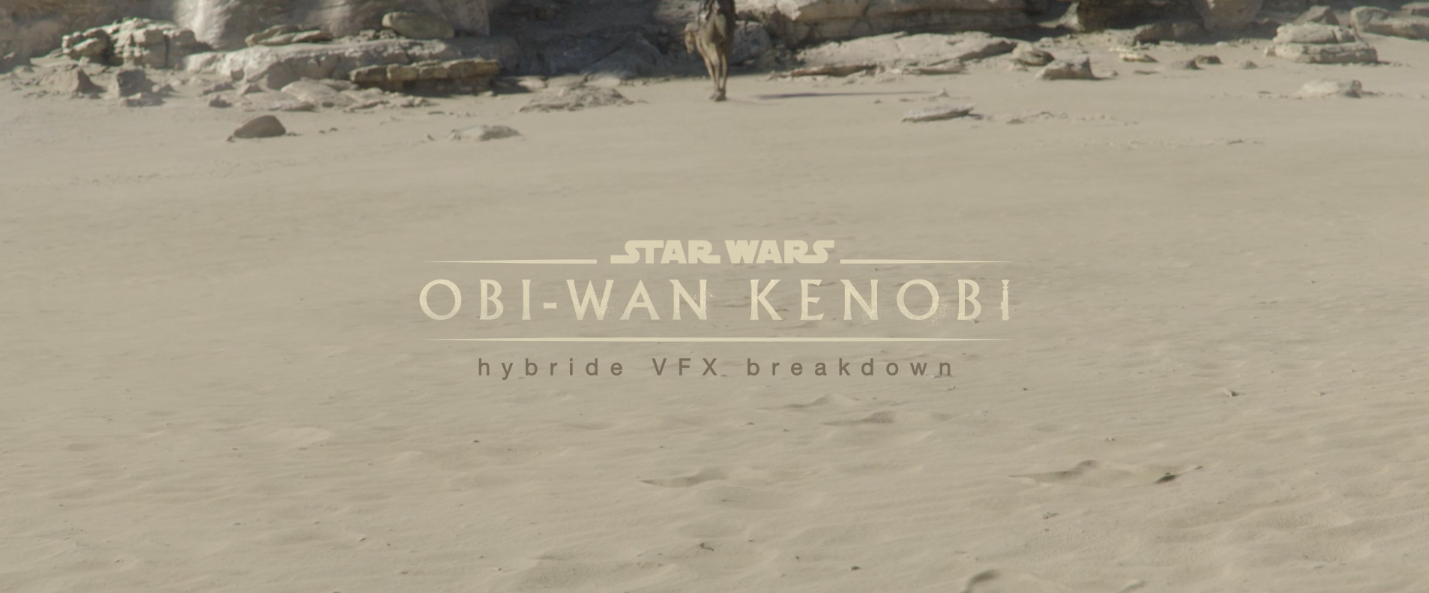
Based on concept art provided by Doug Chiang, Hybride artists created desert set extensions for the Tatooine canyon environment that stretched approximately 30 meters wide. Preliminary discussions with the production team determined that these environments should be similar to those seen in the first shows of Star Wars Episode 4.

The rock structures needed to be smooth and not too busy so they would blend in seamlessly with the rock structures used on set during filming. The studio also recreated massive set extensions and extended backgrounds for the cliff environment, keeping as much of the foreground detail as possible.
Hybride artists also helped transform a camel named Silas into an eopie—a mammalian herbivore native to the planet Tatooine. Easily domesticated, eopies served Tatooine's settlers as transports and beasts of burden. These tough, desert-adapted quadrupeds could carry heavy loads, but were grumpy and stubborn.
Fun fact: Ewan McGregor wanted to adopt his camel co-star. “The trainer could see that I really liked the camel, and he said, 'He’s almost finished his career. He’s 20-something years old, and we’re looking for a forever home for him,’” the actor said “I was like, ‘Oh, don’t tell me that.’ I’ll come home with a camel like, ‘Hey, guys! We can have a camel in the garden can’t we?'” Silas’ turn as Eopie also marked a first for the “Star Wars” franchise with the character being played by a real animal.
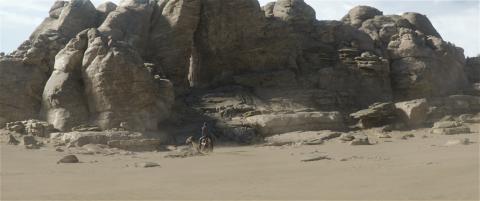
The studio's transformation work on Silas required meticulous tracking and match moving by Hybride's tracking team for each scene where we see Obi Wan Kenobi and his furry “snoot-horse” desert confidante in order to integrate him back into the set seamlessly.
The team also animated a CG Obi Wan and sat him on Silas, replacing the camel’s head, and in most cases, the saddle as well since there was a mat placed underneath it during filming. Close up shots were also quite a challenge since the camel’s head was replaced by the snoot nosed beast’s head ever time he appeared on screen.
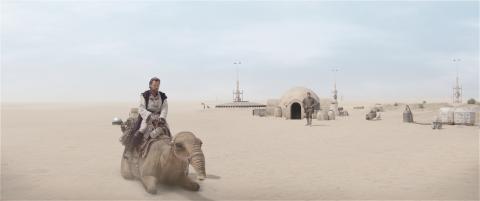
ANAKIN SKYWALKER AND THE BACTA TANK
When we see Anakin appear on screen, the first thing we see are his eyes. Zooming in, we can see that there was a very delicate eye treatment because they did not use contact lenses during the filming.
“Several iterations were done with the client because it was absolutely necessary to find the right look since it is the first time that we see Anakin in his Bacta Tank and the first time that we see him again since the Revenge of the Sith”, said Hybride Creative Vice-President and VFX Supervisor Joseph Kasparian.
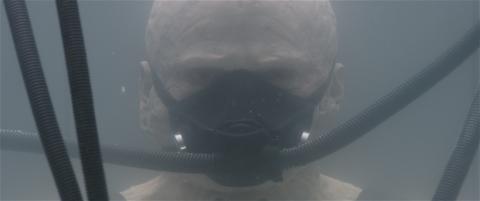
The team also designed and animated CG clamps; CG atmosphere, FX passes, and redid the plate and the clamps that connect the backside and the different body parts, including the clamp used on Anakin’s neck.

Additionally, the studio replaced and corrected reflections on Darth Vador’s (and Storm Troopers) armor, which required flawless tracking and matchmoving work from Hybride's artists.
The team also produced set extensions and atmosphere enhancements for Darth Vader’s Throne Room and created the Palpatine holograms that required a specific treatment in order to preserve their mysterious look—playing with shadows in order to confer a unique style to the projected character.

A conflicting cacophony of squalor and decadence, Daiyu is a shady world awash in garish lights, corruption, sleaze, and vice. Criminals operate in the open of the urban sprawl, and it is a favored prowling ground of bounty hunters and other killers.
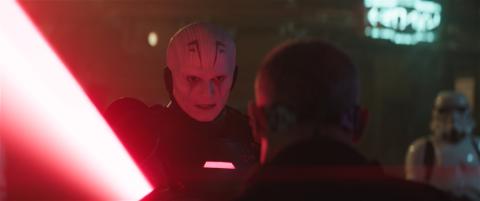
Hybride artists came up with a specific look for the dark alleys, integrated assets, adjusted light reflections and contrasts, keeping as much live as possible while making sure that the shots blended seamlessly with one another.
They also designed different objects to integrate into both the city and alleys and also modified angles and perspectives from the initial shooting. The alleys were always custom designed with specific looks (not too deep, not too detailed) with flawless decor extension integrations. Finally, to bring the sinister city to life, Hybride artists added CG characters and crowds.
